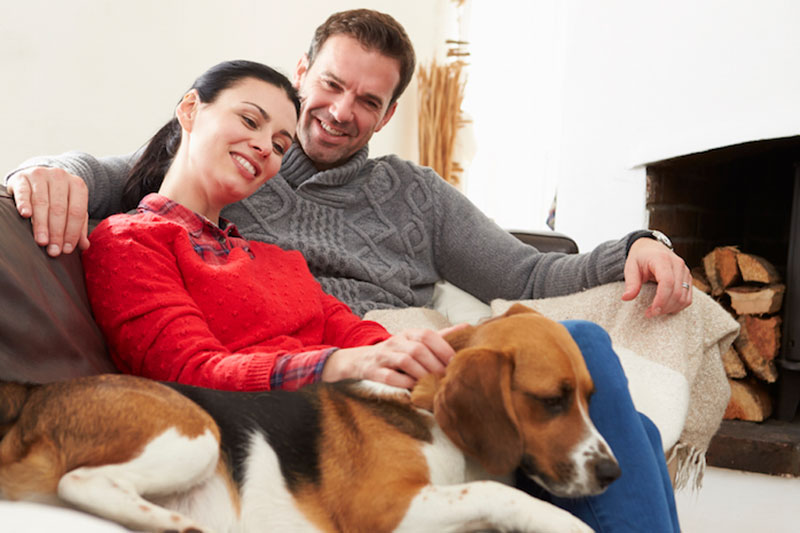
Maintaining cozy heating and cooling in Newark, Ohio, year-round appears to be a good approach. But in reality, how can you keep your home cozy while controlling energy costs?
Having a cozy home in the colder months isn’t as difficult as you may think. But at times you might require expert assistance if you’re finding hot and cold areas. Or if your furnace doesn’t heat like it used to.
If you’re going through comfort trouble or are looking for furnace repair, the heating and cooling specialists at Luikart Heating & Cooling can help. Reach us at 740-344-5497 to set up an appointment right away.
For the time being, here are a few ideas on how to approach your thermostat while it’s colder.
Adjust Temperatures When You Leave
Lowering the thermostat 10–15 degrees while you’re away can save 5–15% on your utility costs, according to the Department of Energy. If your residence is empty during the day, this is a great method to reduce expenses. And when you think about what only 5% could do for your utility expenses, that can make a huge difference!
Lower Temps When You Sleep
You can also lower the temperature before you go to bed. It surprisingly benefits more than just your heating expenses! The ideal temperature for going to sleep is 60-67 degrees, according to the National Sleep Foundation. Your body cools down naturally to help you fall asleep, so keeping your bedroom chilly could help you go to sleep more quickly.
Buy a Smart Thermostat
One idea to think over if you don’t already utilize it—a smart thermostat. You won’t have to head over to the thermostat to change it. In actuality, you can change it from almost anywhere with your smartphone. A Wi-Fi thermostat also learns your loved ones’ schedule and intuitively changes the setting to help you save more on energy costs.
Relax in a Comfier House with Help from the Heating and Cooling Pros
Even if you don’t make big changes to your temperature, a small adjustment can impact your utility costs.
While you are controlling your thermostat, there are a few other things to remember during the cold months.
- Request an appointment for annual furnace maintenance. Heating service double-checks your system is running appropriately and could help make your heating system more efficient.
- Inspect your air filter. If you don’t notice light through it, you’re due to get a new one.
Both of these items will help make sure your heater is in top form to keep your house toasty.
If you need help installing a smart thermostat or have heating concerns, talk to the experts at Luikart Heating & Cooling to receive outstanding guidance. You can contact us at 740-344-5497 or request an appointment online.
